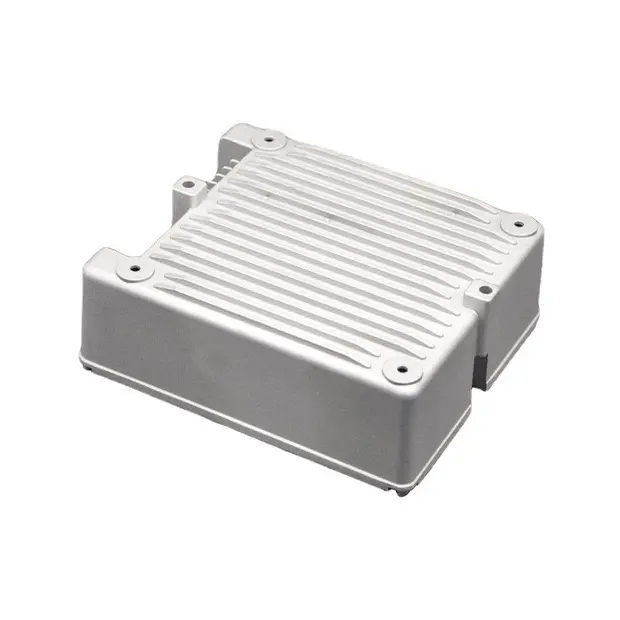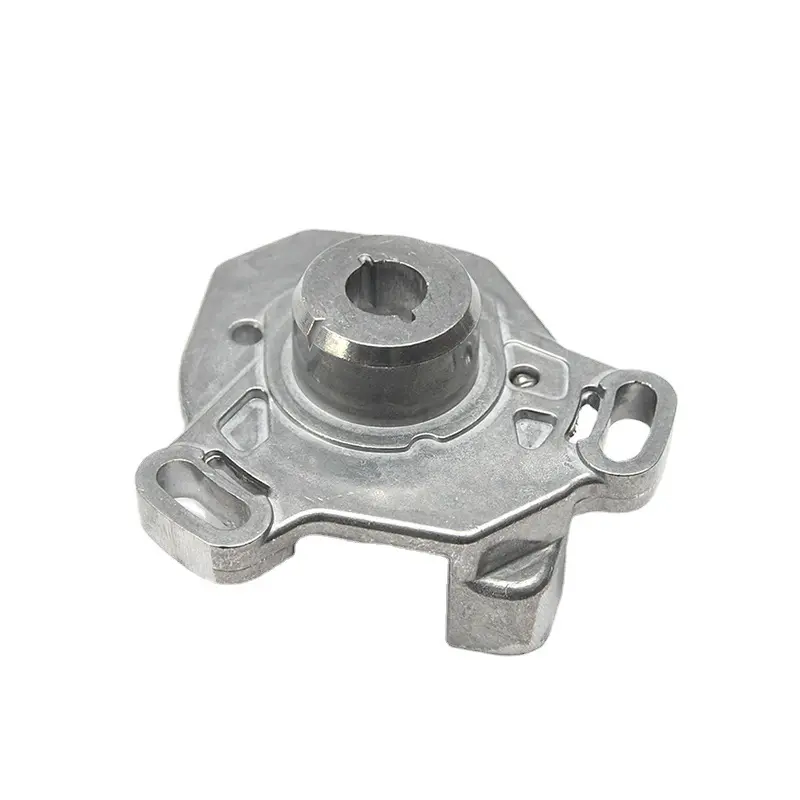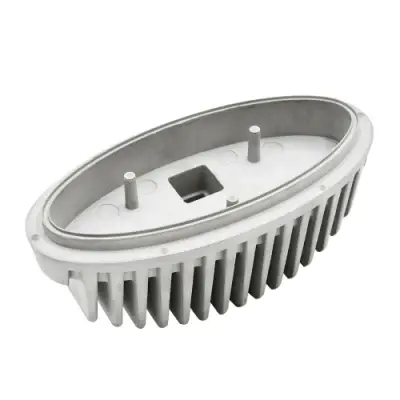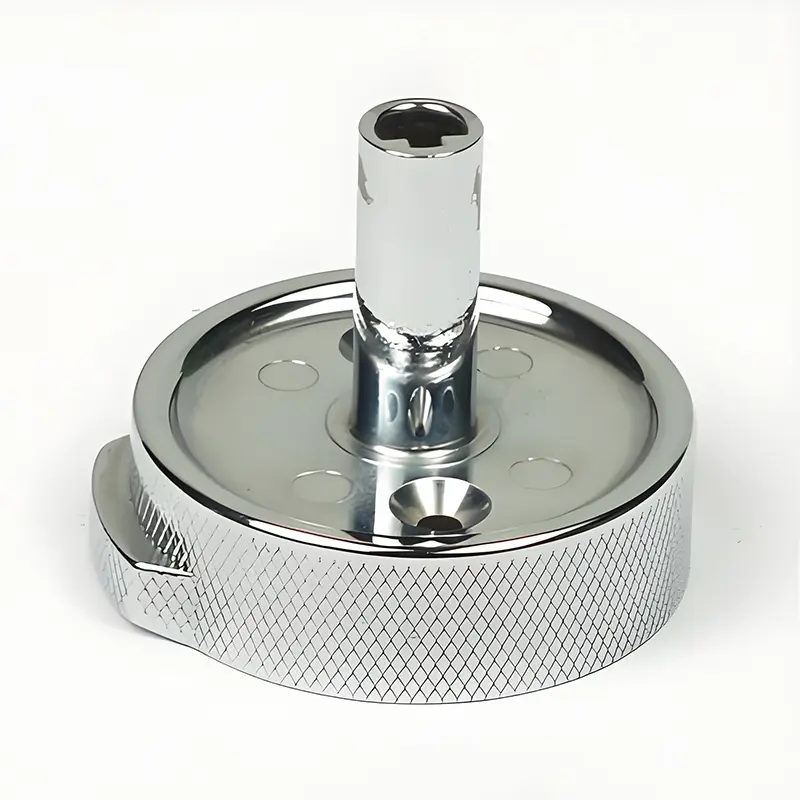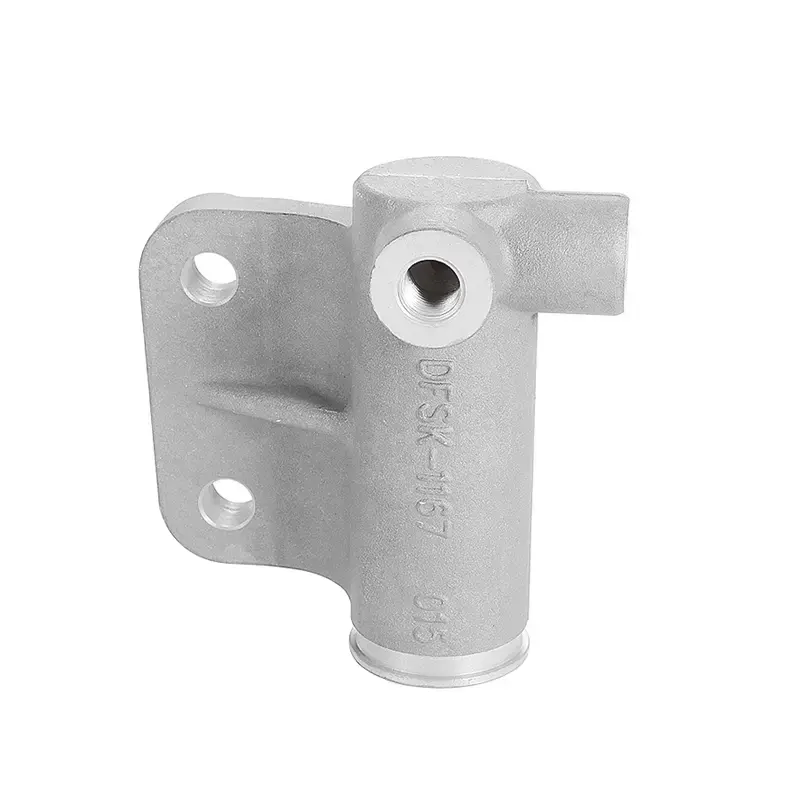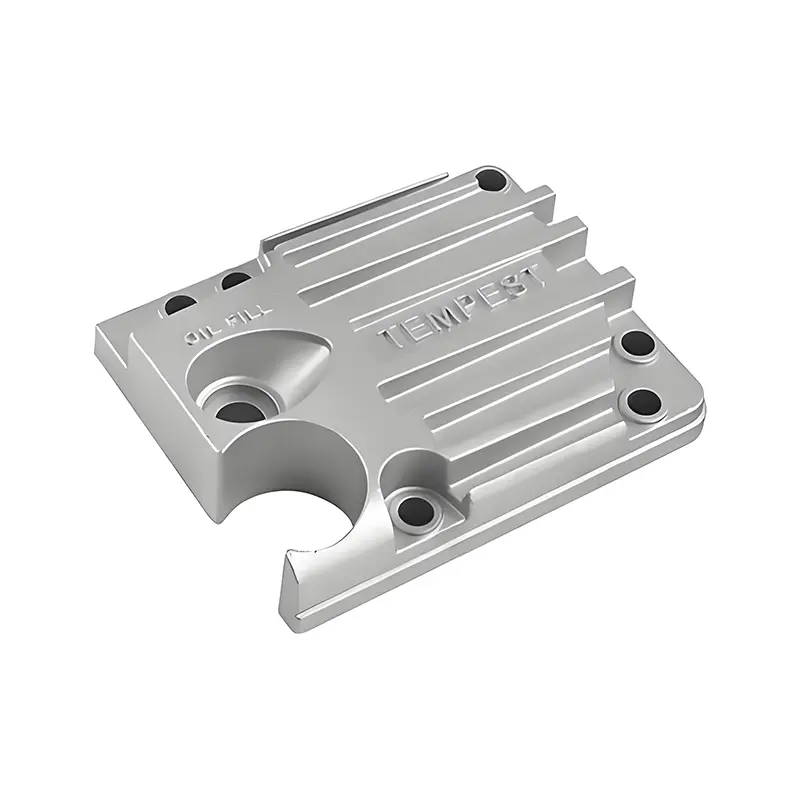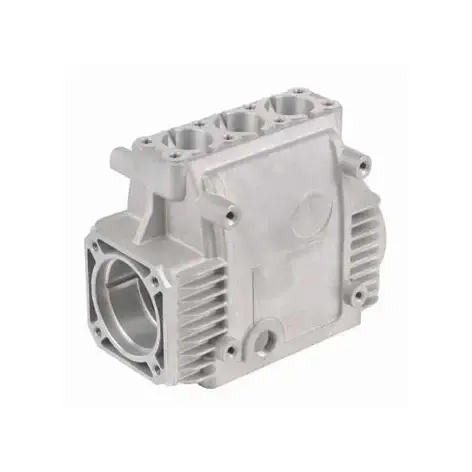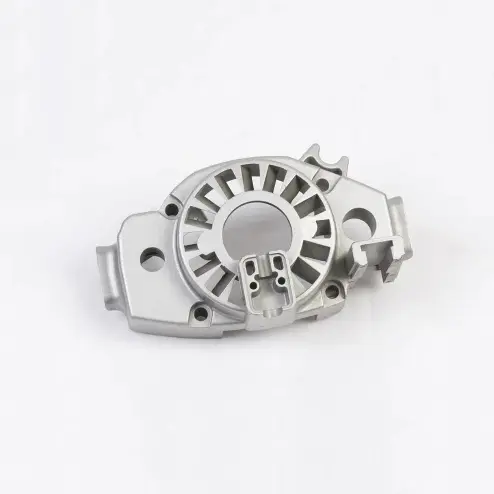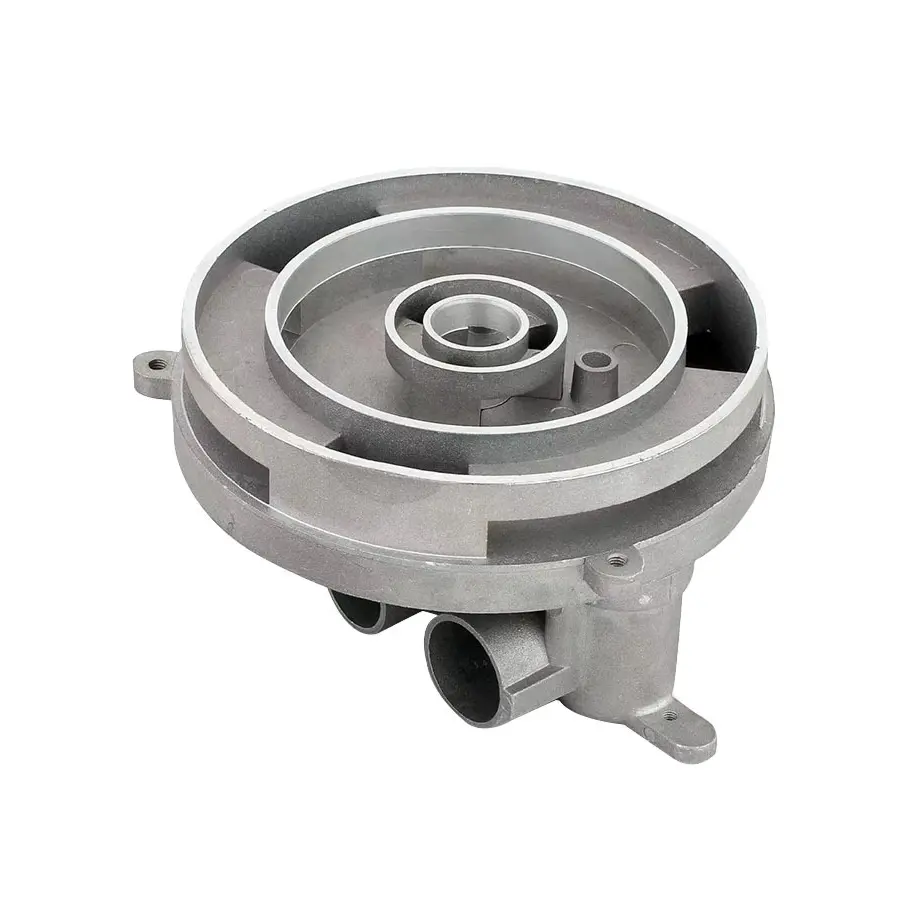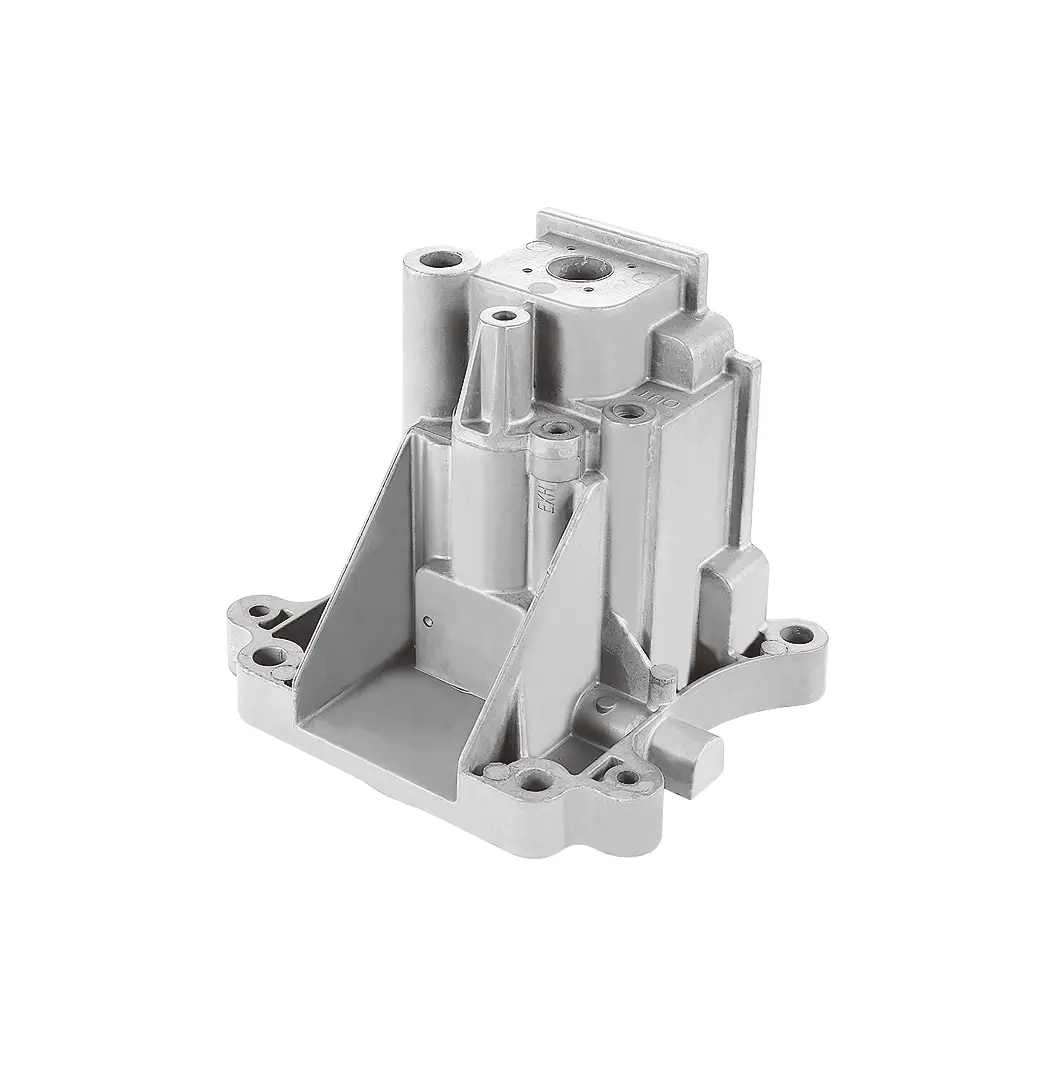 +86-13516964051
+86-13516964051 The Complete Die-Casting Aluminum Alloy Process
The Complete Die-Casting Aluminum Alloy Process
Introduction
In modern manufacturing, die-casting aluminum alloys have become one of the preferred processes for producing complex parts due to their high efficiency, precision, and lightweight characteristics. Die-cast aluminum alloy parts play a vital role in the automotive, electronics, aerospace, and industrial automation sectors.
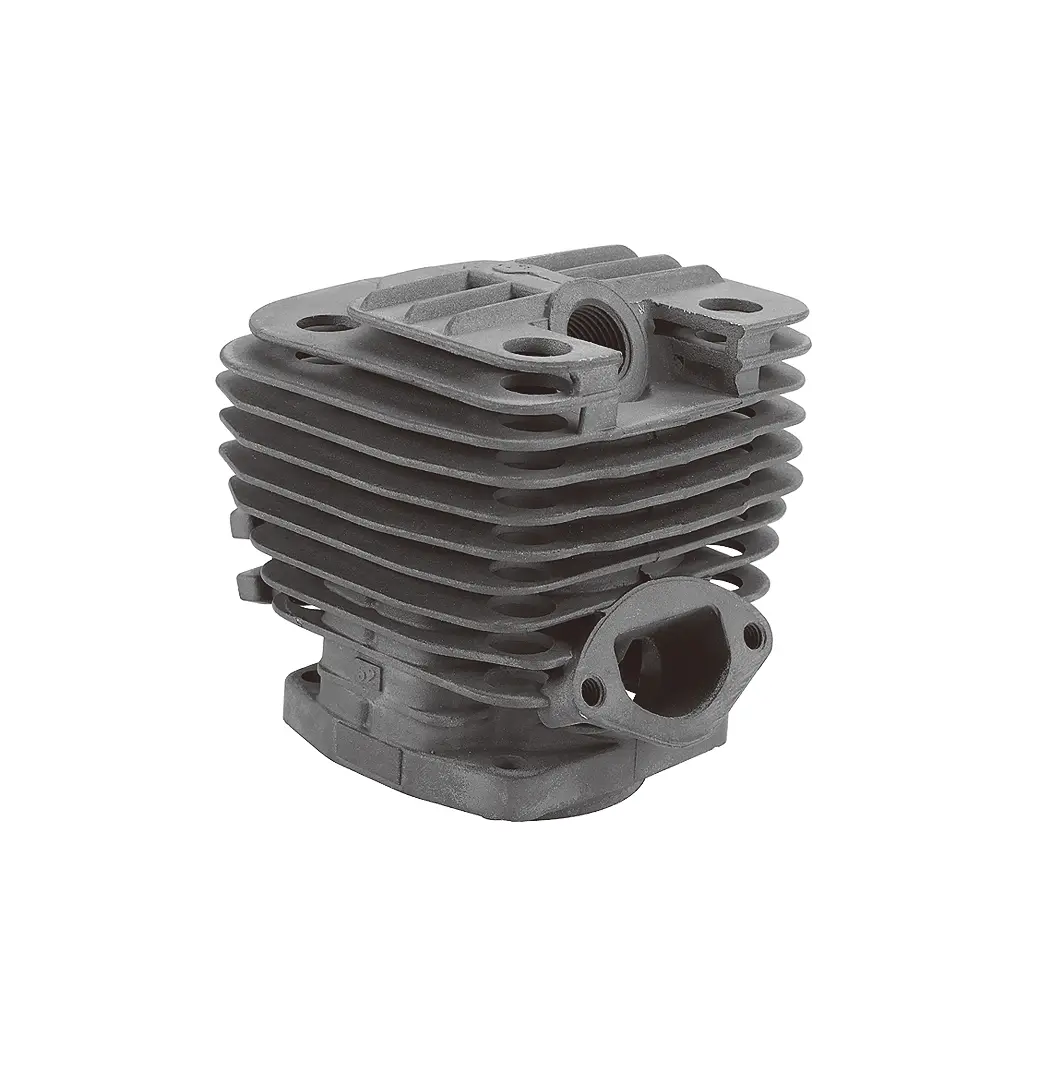
I. Introduction to the Die-Casting Aluminum Alloy Process
The die-casting aluminum alloy process is a Casting Method in which molten aluminum alloy is injected into a mold cavity under high pressure and high speed, where it solidifies under pressure to form a casting. Its core characteristics are high pressure and high speed, which give die-cast parts advantages such as high dimensional accuracy, excellent surface finish, and high strength and hardness.
II. The Complete Die-Casting Aluminum Alloy Process
(I) Preliminary Preparation
Mold Design and Manufacturing
The mold is the core of the die-Casting Process, and its design quality directly affects the quality of the casting and production efficiency. Mold design must take into account factors such as product appearance, dimensional accuracy, and molding speed. High-quality alloy steels such as H13 and 8407 are typically used.
After mold manufacturing, rigorous commissioning and maintenance are required to ensure it remains in good working condition. Material Preparation
Common aluminum alloys include ADC12, A380, and A360, which offer excellent fluidity and mechanical properties.
Aluminum alloy raw materials must be rigorously screened to ensure their purity and composition meet the required standards.
Equipment Preparation
Die-casting machines are divided into hot-chamber and cold-chamber types. Hot-chamber die-casting machines are suitable for zinc alloys with lower melting points, while cold-chamber die-casting machines are suitable for aluminum alloys.
Heating furnaces, melting furnaces, and other equipment must be preheated to ensure optimal operating conditions.
(II) Melting Aluminum Alloys
Charging and Melting
Aluminum alloy raw materials are added to the furnace for melting. The order and method of loading are crucial. Generally, small pieces or thin scrap are loaded first, followed by aluminum ingots and large blocks, and finally the master alloy.
The temperature must be carefully controlled during the melting process. The melting temperature of common aluminum alloys is generally between 700 and 750°C. Refining and Degassing
To prevent metal oxidation and gas absorption, powdered flux is sprinkled onto the metal surface as the charge softens and collapses.
After smelting, the aluminum alloy liquid requires refining and degassing to remove impurities and gases.
(III) Die Casting Process
Mold Preheating
The mold must be preheated to 150-300°C, either electrically or by gas, to ensure the mold reaches the optimal operating temperature.
Injection and Molding
Molten aluminum alloy is injected into the mold cavity. Injection speeds can reach 6 m/s, and pressures range from 400 to 1000 tons.
Under high pressure, the liquid metal fills the mold cavity at high speed, resulting in an extremely short filling time, typically within 0.01 to 0.2 seconds.
Cooling and Demolding
Solidification is achieved within 30 seconds through the mold's built-in water cooling channels.
An ejector system enables automated demolding, achieving a yield rate exceeding 95%. (IV) Post-Processing of Castings
Burr and Flash Removal
Removing excess material such as gates and burrs can be accomplished through machining, grinding, and other methods.
Machining
For some castings requiring high dimensional accuracy and surface quality, machining is required to achieve the specified tolerance range and surface roughness.
Heat Treatment
Some aluminum alloy die-castings require heat treatment, such as T6 heat treatment (solution treatment + artificial aging), to improve their mechanical properties.
Surface Treatment
To enhance the decorative properties and corrosion resistance of the casting surface, surface treatments such as anodizing, painting, and electroplating can be performed.
III. Advantages of Aluminum Die-Casting Processes
High Precision
Die-castings offer high dimensional accuracy and excellent surface finish, enabling the integral casting of thin-walled, complex parts.
High Efficiency
The die-casting process is suitable for large-scale production, with short molding cycles and high production efficiency.
Lightweighting
Aluminum alloys have a low density, which can reduce product weight while maintaining strength. Economical: Die-cast parts are dimensionally precise and generally require no machining, reducing processing equipment and labor.
IV. Applications of Die-Casting Aluminum Alloy Processes:
Automotive Manufacturing: Used to produce components such as cylinder heads, undercarriages, and engine hoods.
Electronic Equipment: Used to produce laptop cases, heat sinks, and other components.
Aerospace: Used to produce lightweight, high-strength components.
Industrial Automation: Used to produce hydraulic valve bodies, pump casings, and other components.
V. Challenges and Solutions of Die-Casting Aluminum Alloy Processes:
Surface defects such as scratches, bubbles, and cracks can be addressed by optimizing mold design, controlling injection speed and pressure, and adjusting mold temperature.
Internal defects such as pores, shrinkage, and inclusions can be addressed by optimizing the melting process, improving the exhaust system, and increasing injection pressure.
Mold Life: The life of aluminum alloy die-casting molds is relatively short, typically around 80,000 cycles. Using high-quality mold steel and optimizing mold design can extend mold life.
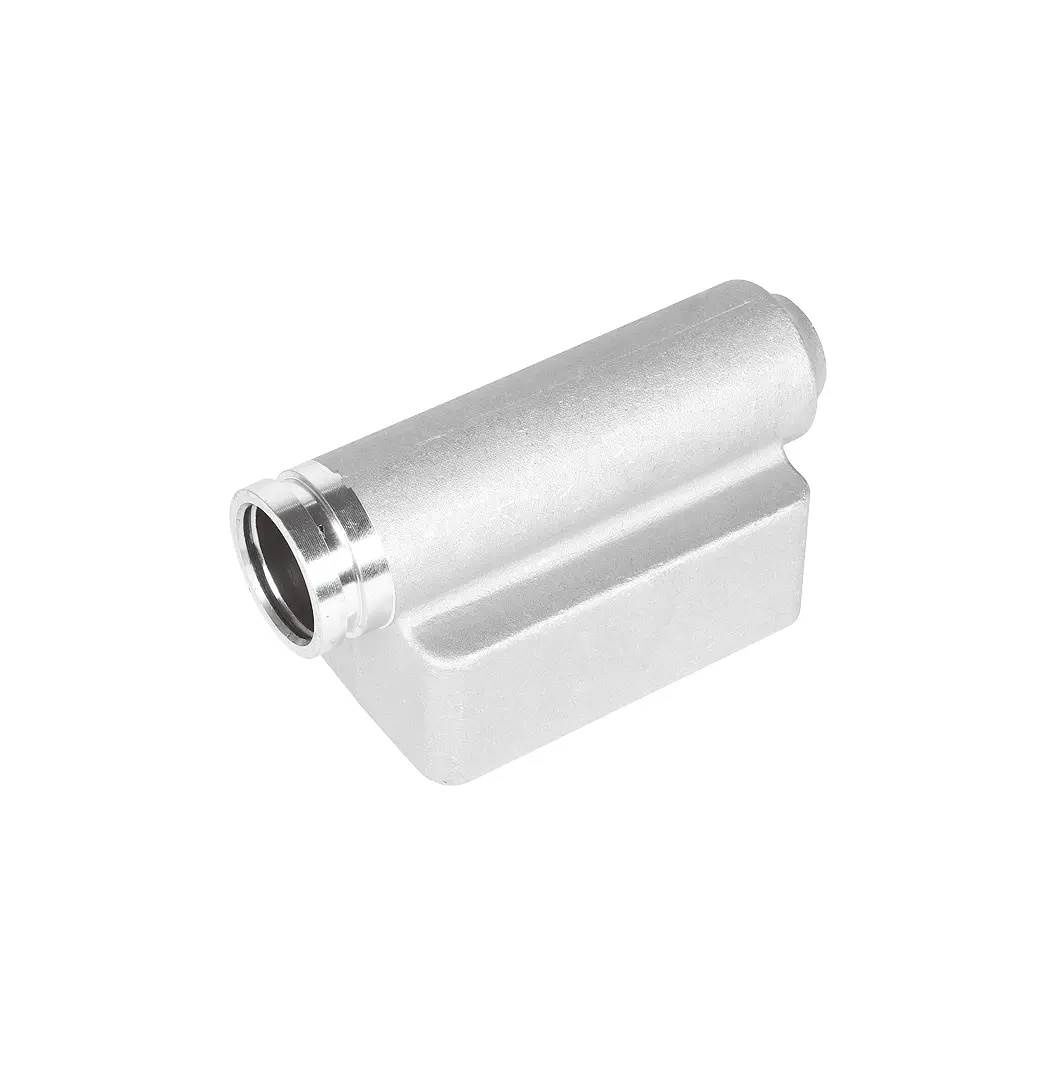
VI. Conclusion: Die-casting aluminum alloys is an efficient, precise, and economical manufacturing technology widely used in various industries. By strictly following the process flow and optimizing the process parameters, high-quality aluminum alloy die castings can be produced. With the continuous advancement of technology, the die-casting aluminum alloy process will play a more important role in the future manufacturing industry.








